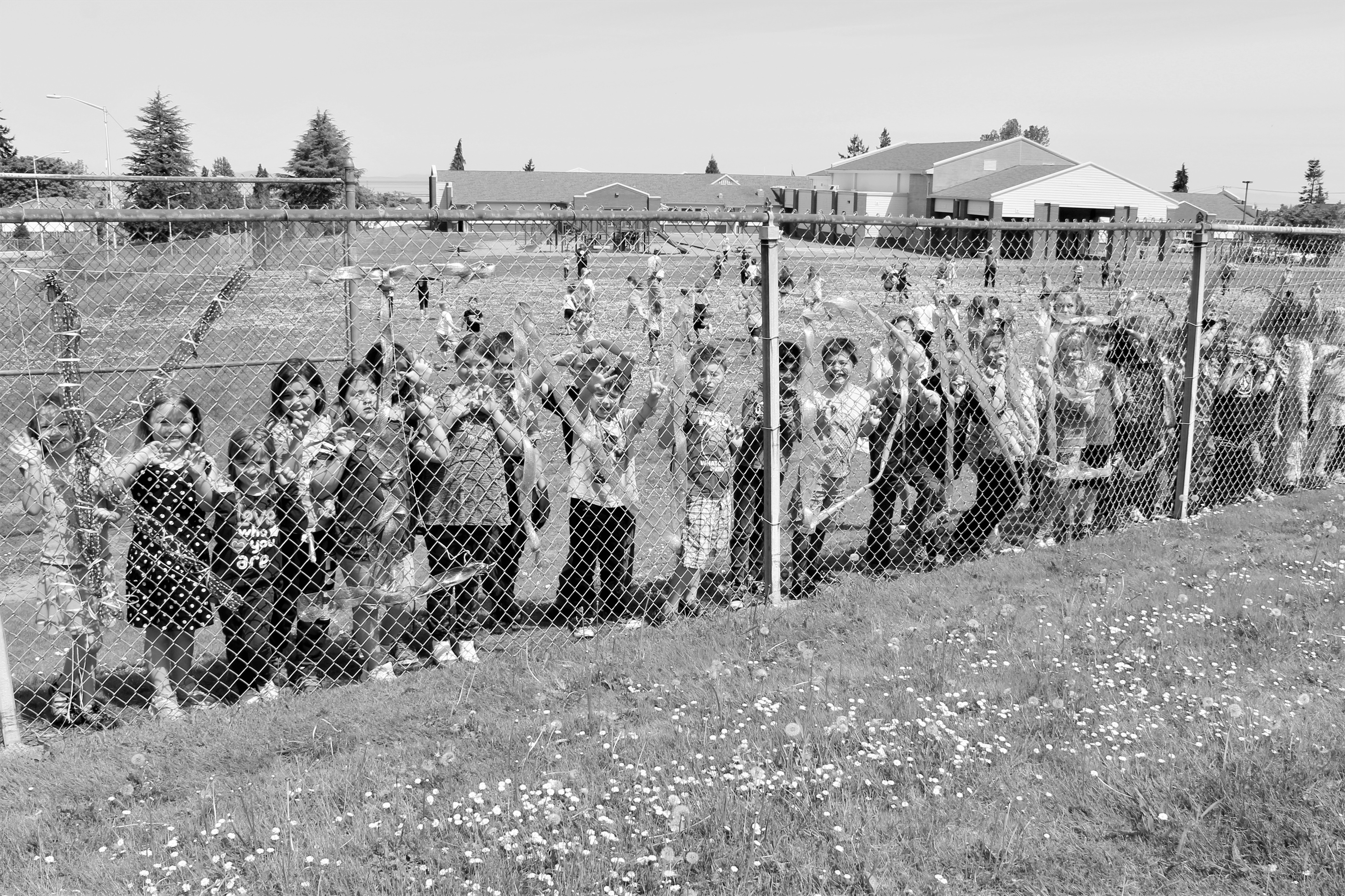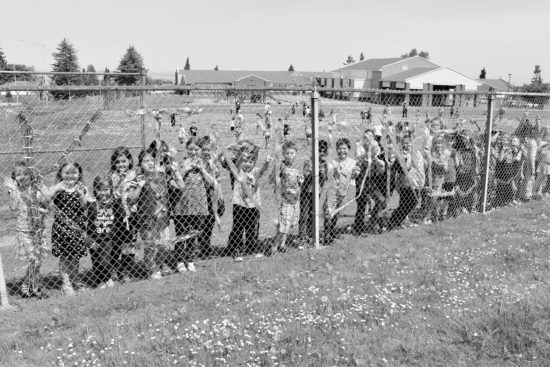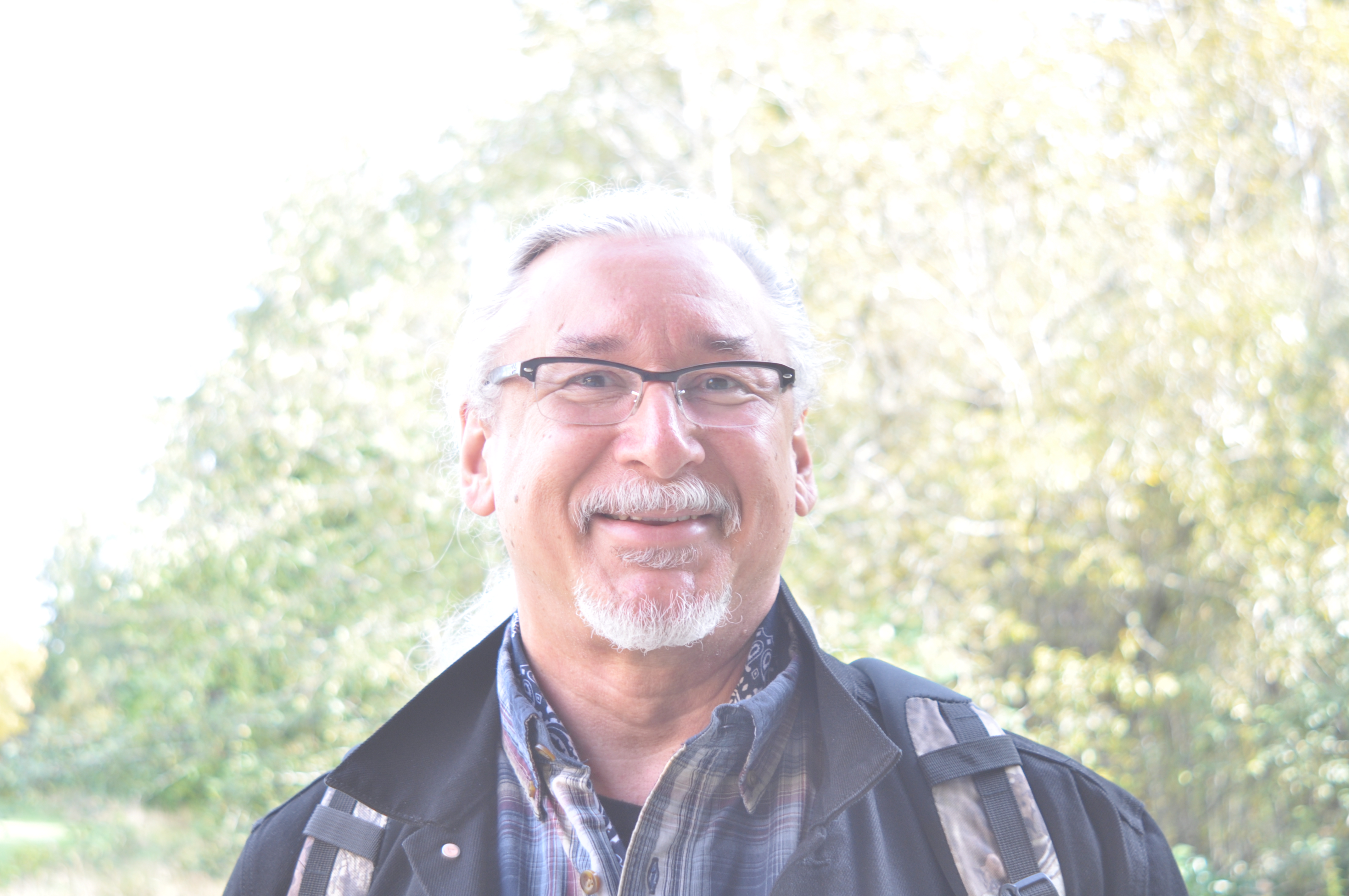
Story by Sarah Baker, photo by Kyle Vanous

The friends and families of Clallam County are waging a war against a brutal beast, an invisible monster that steals more lives every year than any vehicle or drug, a monster that does not discriminate based on age or creed, one that’s lurking in your children’s schools and in your lover’s workplace.
Suicide; a barbaric bogeyman that only gets hungrier with each passing year. In Washington State, it is the second leading cause of death in people ages 10 – 34 and Clallam County is at the front of the pack. This is a consistent trend when it comes to rural areas; the average rate of suicide for Clallam, Jefferson and Grays Harbor counties were at nearly double that for King and Kitsap from 2012 to 2016. And it’s only going up.
When it comes to suicide, the primary risks associated with rural areas include social isolation, rates of drug and alchol abuse and rates of gun ownership, according to Christopher Decou, senior fellow at Harborview Injury Prevention and Research Center in Seattle.
The ongoing national debate on gun safety and regulation often excludes an important fact when it comes to gun-related deaths in the United States: roughly 76 percent of those deaths each year are suicides, according to the University of Washington’s Forefront Suicide Prevention statistics. This corresponds with suicide rates for men, who are more likely to use a lethal weapon to end their lives, which factors into their high suicide rate – more than three times greater than women.
According to the Pacific Northwest Sucide Prevention Resource Center, a common myth about gun-related suicides is that having a firearm in the home doesn’t matter, because “if someone wants to kill themselves, they’ll find a way to do it.”
Myths concerning feasible means to die of suicide don’t just apply to guns; they apply to pills, drugs, bridges and buildings. Regulating access is an important step in curbing the suicide rate in any county, state or country. This means training health professionals in suicide risk assessment and management in order to correctly perscribe medications and make recommendations to helpful resources. It also means keeping roof access to tall buildings protected and erecting barriers on bridges, as Clallam County did in 2018 to the bridges spanning 8th Street, from Cherry to A Street. Keep firearms and personal medications locked away from the reach of relatives.
It would seem that Washington State is ahead of the curve when it comes to shutting the door on this invisible monster; they were the first state in the nation to require complete training in suicide risk assessment and treatment for all medical professionals, from physicians to pharmicists, according to The Seattle Times.
So why is Washington state’s rate of suicide higher than the national average? And still climbing higher?
A step in the right direction isn’t necessarily a victory. The demographics affected the most by suicide are those who have historically encountered more barriers to helpful resources and this is still true today.
The most important step when it comes to suicide prevention is reaching out. The areas of the state and population that receive the most benefits when it comes to current prevention methods are those with the lowest rates, like women and teenagers who live in cities. It is vital to have these methods in place in order to stop their rates from climbing higher, but there needs to be specific focus on men and Native Americans in rural counties.
An essential distinction about this monster is that it is not invisible, but camouflaged. One of the most common myths associated with suicide is that if someone is going to kill themselves, nothing can stop them. The idea that reaching out or connecting someone with resources doesn’t have an affect on the motivation to die of suicide is an enormously harmful misconception. In fact, reaching out is a key factor in effective prevention.
First, we must familiarize ourselves with the warning signs. It is important that schools, workplaces and doctor’s offices educate students and employees on how to spot someone struggling with suicidal ideation, and even more, where to go when encountered with it. You must also take your friends seriously if they open up about this, regardless of what you think their motivations are.
Other societal traditions need to change; men need to be encouraged to open up, not punished for crying or feeling affected by adversity. Native Americans need to be included in this conversation and represented when it comes to active resources.
In 2017, Clallam County had 22 deaths by suicide out of every 100,000 people, 10 deaths higher than that of King County. Clallam County’s rate is higher than both Washington’s average and the national average. In order to bring this down, we must learn how to spot this monster and not just how to shoo it away, but how to kill it and protect the community our children will grow up in. Suicide risk assessment and outreach needs to be taught in schools, it needs to be talked about by parents, teachers and friends. Paths to resources need to be clear and accessible to every demographic, especially Native Americans. Those struggling with suicidal ideation need to be destigmatized as “attention-seekers,” and encouraged to open up.
These changes won’t happen all at once, but gradually and you can help it happen by reaching out to your friends and checking in with your coworkers or classmates. Not everyone is equipped with the necessary tools to kill this monster; it’s not a personal responsibility to solve this for someone, it takes a community. Don’t shoulder this burden on your own, but know how to direct someone to the professional help they need and how to find it yourself.
Even if you can’t kill it, you can begin by shutting the door.
The Buccaneer Staff is dedicated to this conversation. We will continue to shed light on this community crisis in future issues. Call 1-800-273-8255 if you or someone you know is struggling.



